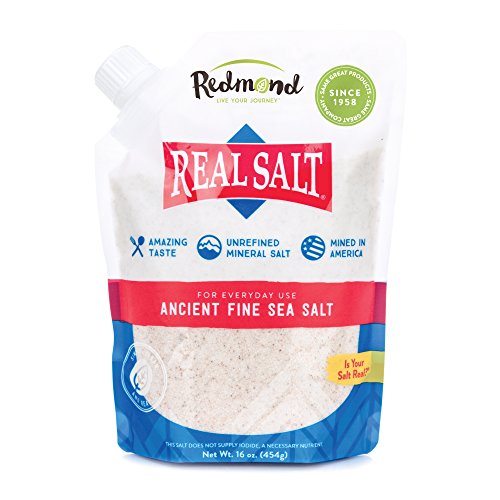
Anyone who's ever entertained guests (even if that's a party of one or two people) will likely be all too familiar with the inevitable downside of hosting: wine stains. These stains happen to the best of us, including Martha Stewart, no less, who previously shared her method for getting her table lines back to their beautiful, original state. We'd hate to be the ones responsible for spilling vino over Stewart''s precious linens – but we welcome her resulting advice nonetheless.
'Once a Thanksgiving dinner is over, or any party for that matter, it’s time to do a few little checkups. One thing that I have to do is check the linens,' Stewart says in an archival clip via Instagram. Despite dating back through the decades, however, her method for removing red wine stains rings true today. First, the lifestyle mogul addresses how to tackle those spillages that have just occurred.
'If someone has spilled some red wine, immediately take that and place it over an absorbent towel [such as this one from Amazon]; or a dishtowel is fine, and with a cold, wet cloth, pat ice old water (as cold as you can) all over the wine stain,' Stewart begins.
'If it’s still on the table and someone has called you over and said, ‘I’ve spilled wine,’ you can sprinkle a little bit of salt on the wine stain...You can take the salt in a little bowl to the table (you don’t need to take the whole box) and just let it sit like that. If it’s still on the table, cover it nicely with another napkin; now it looks like part of the tablecloth,' Stewart demonstrates.
'For the salt part, you can just rub it in; the salt will absorb the excess wine, shake it off, and apply a little bit of the same cold water treatment to this. That salt faded the red wine quite a bit.'

This is the salt seen on Stewart's countertop, so what better place to start? Alongside its usefulness in removing wine stains, this salt time-honored staple, perfect for seasoning (and it's naturally lower in sodium).

As Stewart suggests, it can be a good idea to pour your salt into a decorative bowl before bringing it to the table to address a stain. This beautiful ruffle piece is perfect for the job. When it's not filled with salt, we recommend using it for miscellaneous kitchen items, including matches and keys.

Unlike many other sea salts, Real Salt is never heat processed, never stripped of its natural components, and contains no additives. It's unrefined ancient salt with a full complement of trace minerals that are good for you (and useful to clean with).
Stewart then explains that the second half of the stain removal process continues after you finish entertaining.
'Right after the dinner party, take this cloth to your laundry room and put it in a cold water bath. If I’m doing this in the kitchen sink (and I often do), I line the kitchen sink with an absorbent towel. The bath towel is great, and I just put all my linens from the table right in the cold water. These can stay in here overnight, and then the next day, when I have a little more energy, and I’m not so tired from all the cooking and entertaining, I will then proceed to wash the linens,' Stewart explains while demonstrating how she keeps her linen in the sink in the footage.
'By the way, this towel lining the sink serves another purpose, too. It serves as a sling for lifting fine linens out of the sink. You can lift the whole batch up in the strong towel, drain the sink, and get ready to wash.'
When tackling a red wine stain, Stewart also recommends spot-spraying the particular napkin before washing it in the sink. 'Always spray over another cloth; you don’t want to spray right on wood or stone, you don’t want to pick up anything from the surface. Follow the directions, but just let it sit for a little bit before you put it into the soapy water. I will add a small amount of the Tide [available on Amazon] – you don’t need to use a whole lot (maybe a quarter of the cup). Dissolve the soap very well, stir it around, and use very hot water. I also like to use a quarter cup of a brightener, something like a snowy bleach.'
Stewart recommends putting your linens in soapy water before letting them soak for an hour or two. 'Don’t rub them hard; just let them sit here, move them around with your fingertips,' she says. You should then let your water out and rinse thoroughly.
'Let those dry in the sunlight, and you’re going to have very beautiful, brilliant white linens.' This tip has already lasted through the decades, so we can be sure it'll work just as well today as it did when Stewart first shared it. Happy hosting.







